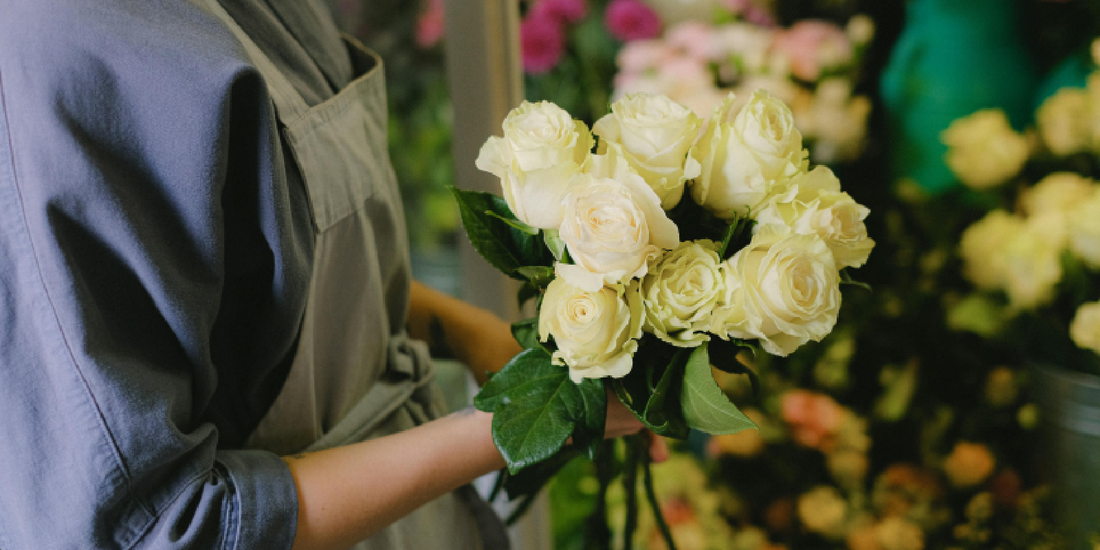
How to Use Zip Ties for Plant Organization
Share
Indoor gardening is a delicate balance between beauty and practicality. As your collection of plants grows, so does the need for effective organization. While decorative pots, plant stands, and grow lights bring charm to your setup, the real secret to keeping everything tidy often lies in the simplest of tools: the zip tie.
If you own the amoyls VerdantGlow S-Shaped 8-Tier Plant Shelf with Grow Lights, you already know the importance of structure and thoughtful placement. With its tiered design and natural-style grow lights, it gives plants the support they need. But plants are alive—stems bend, vines wander, cords dangle, and pots shift. Without organization, your lush oasis can quickly turn into clutter.
Zip ties are the unsung heroes that transform plant care. They may be small, inexpensive, and often overlooked, but their role in plant organization is immense. In this guide, you’ll learn how to use zip ties effectively, discover creative ideas, and explore why they pair perfectly with the amoyls VerdantGlow shelf.
Why Choose Zip Ties for Plant Organization?
At first glance, zip ties are made for cables, not leaves. Yet their qualities make them perfectly suited for indoor gardening.
The Benefits of Zip Ties:
- Affordable – A pack of 100 costs just a few dollars.
- Strong – They support stems, hold pots steady, and secure accessories.
- Simple – Quick to fasten, easy to trim, and replaceable anytime.
- Versatile – Use them for vines, cords, stakes, or DIY accessories.
- Tidy – They eliminate clutter and create a professional-looking plant display.
When combined with the amoyls VerdantGlow S-Shaped shelf, zip ties provide the structure to keep your indoor garden both functional and visually stunning.
Preparing Your Plant Shelf
Before diving into zip tie applications, take time to prepare:
- Clean the Shelf – Wipe down dust, soil, or water spots.
- Sort Your Plants – Group by type: trailing, upright, flowering, or edible.
- Map the Lighting – Align each pot with the built-in grow lights.
- Gather Supplies – Zip ties in multiple sizes, scissors, and optional adhesive mounts.
Good preparation ensures zip ties enhance—not clutter—your shelf.
Practical Applications of Zip Ties
Zip ties are not just for securing. Here are the most practical ways they help:
Securing Tall Plants
Tomatoes, peppers, or orchids often need vertical support. A loose tie around the stem and a stake keeps them upright. Always allow breathing room for growth.
Guiding Vines
Climbing plants like pothos or philodendrons can be directed along the curves of the VerdantGlow’s S-shaped frame. Zip ties placed at intervals gently guide growth.
Cord Management
Dangling grow light cords are unsightly and unsafe. Zip ties secure cords along the frame, leaving your setup neat and hazard-free.
Pot Stabilization
Light pots shift easily on higher tiers. Attaching zip ties through drainage holes to the shelf bars prevents tipping, especially when watering.
Hanging Mini Planters
Linked zip ties form loops that can suspend small planters from the top tier—perfect for herbs or succulents.
Organizing Accessories
Fix thermometers, hygrometers, or decorative LED lights with zip ties, avoiding messy adhesives.
Using Zip Ties in Different Settings
Balcony Gardens
Outdoor balconies face wind and shifting sunlight. Zip ties anchor pots to railings, guide vines, and prevent accidental tipping.
Indoor Living Rooms
Here, aesthetics matter. Use clear or colored zip ties that blend with decor. Secure vines to shelves for a cascading green wall effect.
Office Spaces
Zip ties prevent messy cords from crossing work areas. Plants look neat, promoting focus and relaxation.
Greenhouses
High humidity can weaken adhesives. Zip ties excel here—durable, secure, and unaffected by moisture.
Step-by-Step: How to Use Zip Ties Safely
- Pick the Right Size – Small (4–6") for stems, medium (8–10") for pots or cords.
- Position Carefully – Above a leaf node for support.
- Tighten Gently – Leave room for growth; never strangle a stem.
- Trim the Tail – Use scissors for a clean look.
- Inspect Regularly – Adjust or replace monthly as plants grow.
Creative Ideas Beyond Basics
- Color Coding – Assign red ties for herbs, green for succulents, yellow for flowering plants.
- DIY Trellis – Connect multiple ties to form a grid for climbing plants.
- Decorative Loops – Use bright ties as accent colors matching pots.
- Temporary Repairs – Broken pot handles or wobbly shelves can be stabilized in seconds.
Comparing Zip Ties with Other Plant Supports
|
Support Tool |
Pros |
Cons |
|
Zip Ties |
Strong, cheap, versatile |
Must be cut to remove |
|
String/Twine |
Natural look, flexible |
Weakens in humidity, knots loosen |
|
Clips |
Reusable, gentle on stems |
More expensive, limited capacity |
|
Velcro Ties |
Adjustable, reusable |
Less durable outdoors |
Zip ties strike the balance between affordability and reliability, making them indispensable.
Long-Term Maintenance with Zip Ties
Organization is ongoing, not one-time. Keep your garden fresh by:
- Checking ties monthly.
- Shifting stems toward light as plants grow.
- Replacing brittle ties every 6–12 months.
- Cleaning the VerdantGlow frame during seasonal reorganizations.
Why Zip Ties and the VerdantGlow Shelf Work Perfectly Together
The amoyls VerdantGlow S-Shaped 8-Tier Plant Shelf with Grow Lights is designed for efficiency and beauty. Its S-curve structure maximizes exposure, while the built-in natural-style lighting promotes healthy growth. Zip ties complement this by:
- Keeping pots secure.
- Directing vines neatly.
- Eliminating cord clutter.
- Allowing scalable organization as your collection grows.
Together, they turn any home into a green sanctuary—orderly, stylish, and practical.
Frequently Asked Questions (FAQ)
Q1: Can zip ties damage my plants?
Only if overtightened. Always leave space around stems and check monthly.
Q2: Are zip ties reusable?
Most aren’t, but reusable zip ties exist. Standard ones should be cut and replaced.
Q3: What color zip ties should I use?
Clear or green ties blend best with plants. Colored ties are great for categorization.
Q4: Do zip ties work outdoors?
Yes, especially UV-resistant varieties. They withstand rain, heat, and wind.
Q5: Can I use zip ties on edible plants?
Yes, as long as they don’t directly touch edible parts. Keep them around stems and stakes only.
Conclusion
Zip ties are small, but their role in plant organization is powerful. From stabilizing pots to guiding vines and taming cords, they bring order and beauty to your indoor garden. Paired with the amoyls VerdantGlow S-Shaped 8-Tier Plant Shelf with Grow Lights, they create a system where plants not only survive but thrive—neatly, efficiently, and stylishly.
Whether you are a beginner gardener or a seasoned plant lover, always keep a pack of zip ties nearby. They are the ultimate low-cost tool to elevate your indoor jungle.
